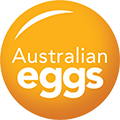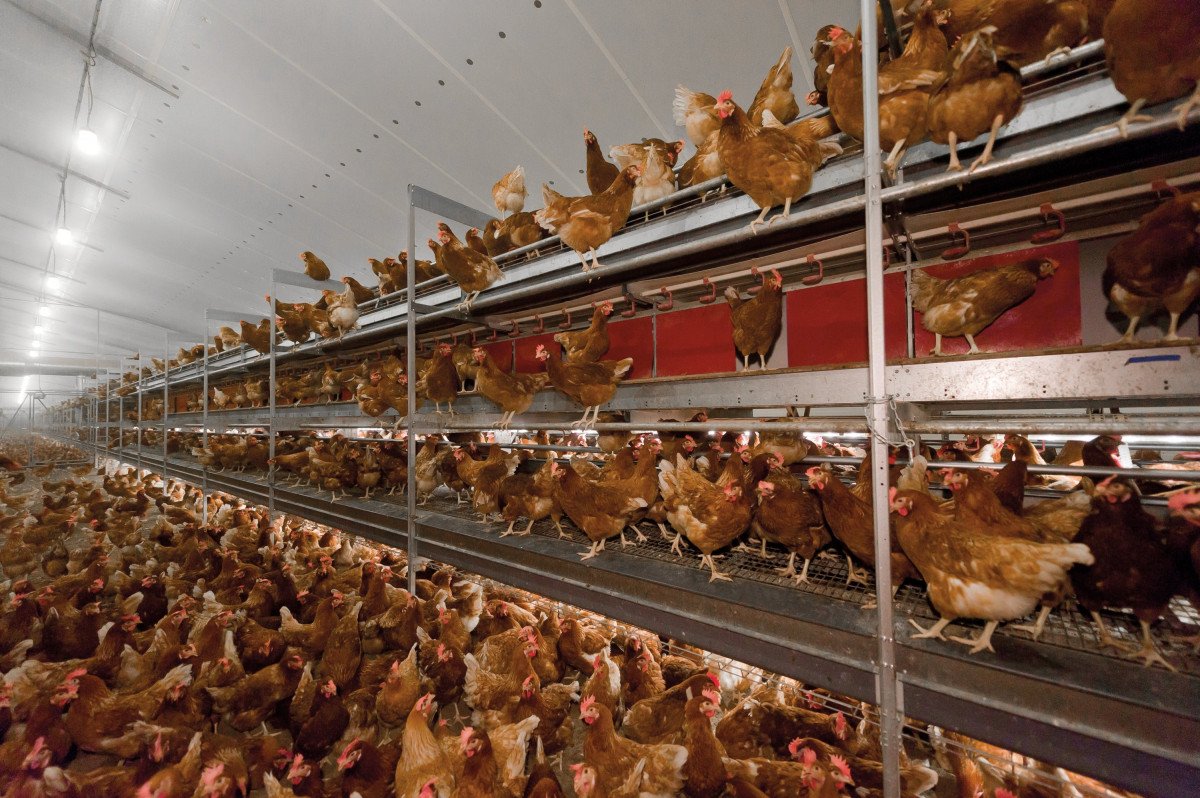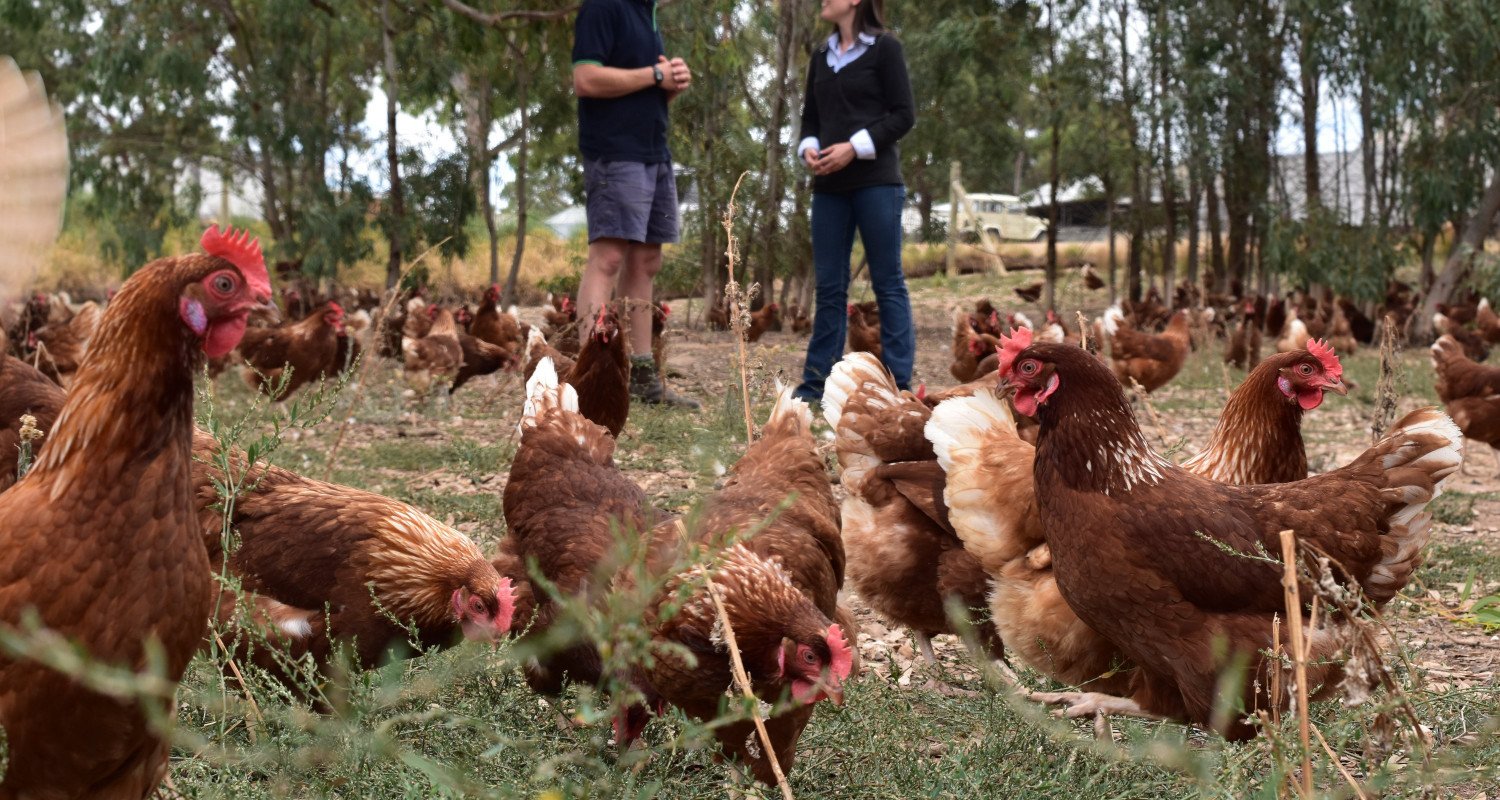
Best Practice Lighting Management for Australian Layers
- Publication
- Researchers Dr L Hewitt
- Categories
- Tags
Best Practice Lighting Management for Australian Layers
A review of lighting systems in hen housing facilities, to understand factors that can help boost flock productivity through optimising bird growth, onset of lay, desired behaviours and number of eggs laid.

Globally, layer hens are housed in a variety of different systems, including outdoor enclosures that utilise natural daylight; and large caged units that predominantly incorporate artificial lighting programmes. Lighting is a critical factor in the management of poultry, as it influences health, productivity and welfare. The retina is the part of the eye that responds to light and there is substantial evidence to suggest that the retina of hen eyes is slightly different to the retina in human eyes, to the extent that hens are likely able to see colour in a different spectrum to humans.
Efforts to simultaneously improve productivity and address welfare concerns has increased the complexity of layer hen systems. This project aimed to provide a comprehensive literature review on the components of light and lighting management that impact on the health, welfare and productivity of layer hens, coupled with an industry survey to capture relevant expert knowledge that is specific to Australian production. Aspects of light that can influence poultry include; the relative influence of photoperiod (length of light exposure each day), intensity (how ‘bright’ the light is; measured in ‘lux’), and spectral composition (the wavelengths of light the hens are exposed to). Changes to photoperiod is the main factor that influences poultry, although, the type of response depends on the breed and age of the bird. This finding was reflected in the feedback from Australian egg producers surveyed. There was considerable variability in the reliability and relevance of literature available regarding the impact and optimal management of light intensity, light source and spectral composition on hen health, welfare and productivity. The literature also has inconsistent relevance in an Australian context, which was further reflected in the varied industry responses to these topics.
